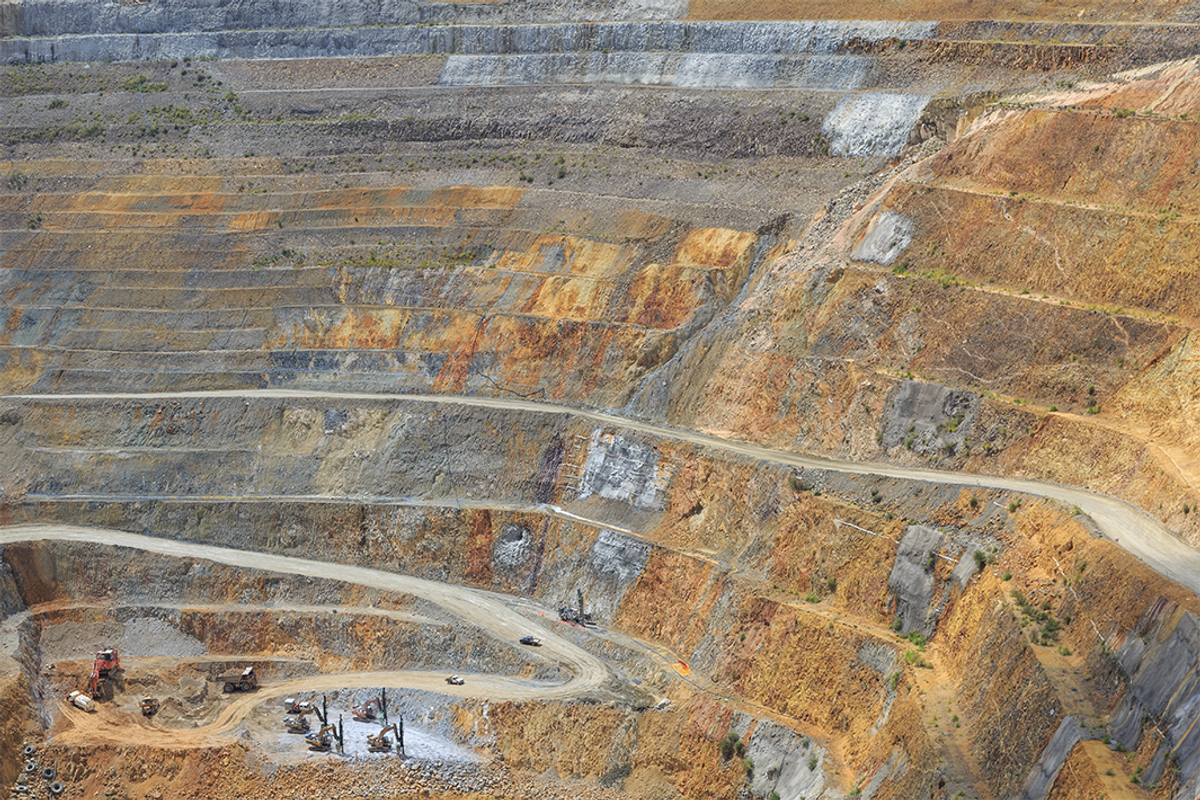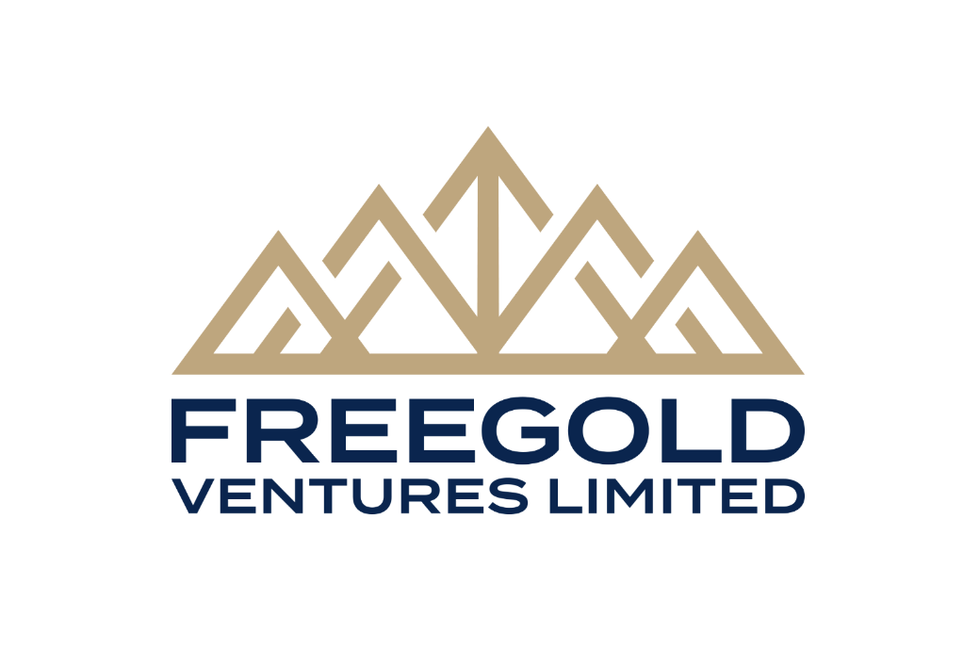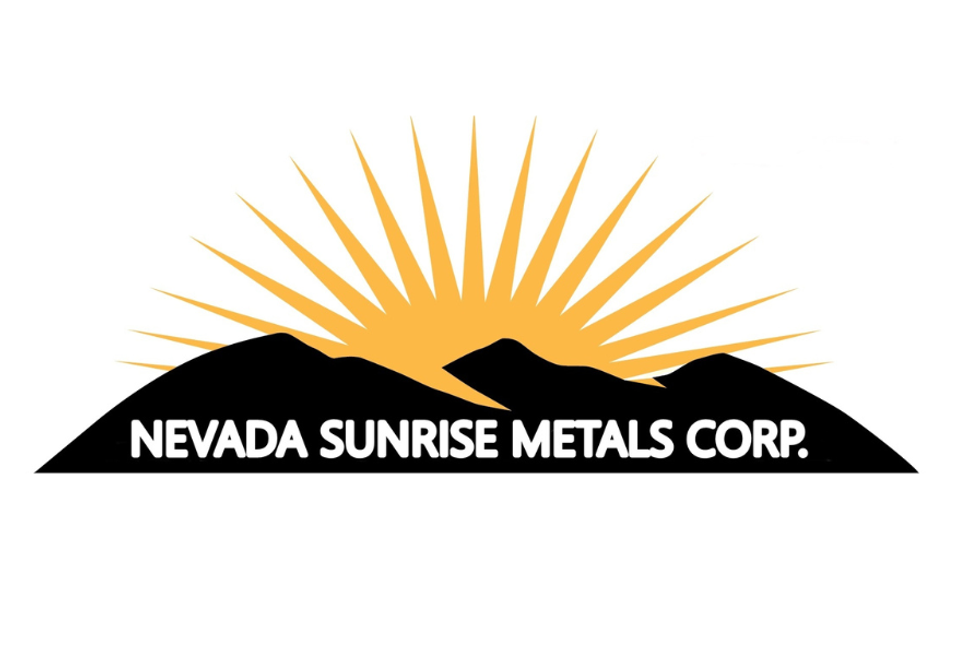New Zealand’s Mining Reforms Unlock Investment Opportunities in Gold Exploration

New Zealand is making important changes to how it manages mining and exploration. Known more for its natural beauty than its mineral resources, the country is now taking steps to attract more investment into its mining sector. The government is rolling out new rules that make it easier and faster for companies to explore and develop gold and other valuable minerals.
These changes come at a time when the world is looking for more secure sources of metals and minerals. For investors, this shift opens the door to new opportunities to take advantage of New Zealand’s updated approach to mining.
Global push for secure mineral supply chains
The geopolitical urgency to secure critical minerals has prompted many countries to revisit outdated mining frameworks. Gold, while not classified as a critical mineral, remains a vital store of value and hedge against inflation, making it an attractive target for renewed exploration efforts.
In this climate, investor-friendly reforms are increasingly seen as a cornerstone of modern resource policy. When governments reduce regulatory friction and clarify permitting pathways, capital flows more freely into exploration and development, fostering both economic growth and national resilience.
New Zealand’s recent shift reflects this broader global trend. Historically seen as cautious when it comes to mining, the country is now embracing a more pragmatic approach that balances environmental responsibility with economic opportunity.
Reforms reshaping New Zealand’s mining sector
In late 2023 and into 2024, New Zealand’s coalition government introduced several key reforms aimed at modernizing the permitting and regulatory process for mineral exploration.
These changes signal a turning point for the industry, creating a more agile and transparent system designed to support sustainable development while attracting domestic and international investment.
Among the most notable changes is the streamlining of permitting timelines.
Previously, companies could face delays of up to two years to secure exploration permits, a major deterrent, particularly for junior explorers. The new system is designed to cut through bureaucratic delays, enabling exploration programs to commence faster and with greater certainty.
If proposed amendments to the Crown Minerals Act 1991 are passed, land access can also become more straightforward. The proposed reforms will simplify negotiations with private landowners and government agencies, offering a clearer path for explorers to access prospective ground. This is a critical improvement in a country where overlapping land uses and complex tenure systems have traditionally been a barrier to progress.
Environmental oversight remains strong, but the new framework reduces duplication and fosters better coordination between agencies. This results in a more predictable and efficient permitting process without compromising New Zealand’s commitment to ecological preservation.
For investors, these regulatory reforms translate into reduced project risk and improved timelines for potential returns. A clearer, faster permitting process enhances the economic viability of early stage projects and increases the likelihood of successful discoveries advancing to production.
Moreover, regulatory stability is a key consideration for foreign direct investment. With the new rules in place, New Zealand is becoming a more attractive jurisdiction for partnerships and joint ventures. The country’s track record of mineral production, including high-profile operations like OceanaGold’s (TSX:OGC,OTCQX:OCANF) Waihi mine, underscores its geological potential and operational capability. These established successes provide a strong foundation upon which new discoveries can build.
For comparison, jurisdictions with slow or inconsistent permitting often lose out on exploration spending. New Zealand, by contrast, is now charting a course that welcomes innovation, investment, and responsible resource development.
Spotlight on Rua Gold
Rua Gold (TSXV:RUA,OTCQB:NZAUF) is strategically positioned to benefit from the government's pro-mining pivot, with exploration assets in historically productive gold belts in New Zealand. The company is well equipped to advance its projects under the new, streamlined regulatory regime.
Rua Gold's exploration strategy prioritizes projects with high-grade potential in underexplored regions, balancing upside with the de-risking offered by historical data. The company's community engagement focus aligns with the importance of ESG considerations in today's investment climate.
The company’s exploration assets are located in some of the country’s most historically productive gold belts, including the Reefton and Hauraki Goldfields. These regions, located on New Zealand’s South and North Islands, respectively, have long been known for their rich mineralization, but have seen limited modern exploration in recent years, making them ideal targets for discovery.
Crucially, the company is approaching a series of milestones that could act as catalysts for investor interest. With permitting pathways becoming more efficient, Rua Gold is expected to accelerate its exploration activities in 2025, potentially unlocking new discoveries that could add significant value.
With New Zealand's mining reforms creating a more favorable environment for mineral exploration, Rua Gold stands to benefit from the country's updated regulatory framework. The company’s land holdings, high-grade potential and commitment to responsible exploration make it an attractive opportunity for investors looking to capitalize on New Zealand’s emerging mining landscape.
Investor takeaway
With these reforms, New Zealand is signaling a clear intention to become a serious player in the global mining sector. For long-term investors, the implications are significant. A more responsive regulatory environment not only supports near-term exploration but also lays the groundwork for a robust mining ecosystem that can deliver consistent value over time.
Indicators to watch include the volume of new exploration permits granted, increases in exploration expenditure, and the performance of companies operating under the new framework. As more explorers and developers capitalize on these reforms, the market could see a wave of discoveries and project advancements — bringing renewed attention to New Zealand as a premier mining jurisdiction.
In a world where mineral security is top of mind, New Zealand’s policy shift is a welcome signal to investors: the door is open, and the ground is rich with opportunity.
This INNSpired article is sponsored by Rua Gold (TSXV:RUA,OTCQB:NZAUF,WKN:A4010V). This INNSpired article provides information which was sourced by the Investing News Network (INN) and approved by Rua Gold in order to help investors learn more about the company. Rua Gold is a client of INN. The company’s campaign fees pay for INN to create and update this INNSpired article.
This INNSpired article was written according to INN editorial standards to educate investors.
INN does not provide investment advice and the information on this profile should not be considered a recommendation to buy or sell any security. INN does not endorse or recommend the business, products, services or securities of any company profiled.
The information contained here is for information purposes only and is not to be construed as an offer or solicitation for the sale or purchase of securities. Readers should conduct their own research for all information publicly available concerning the company. Prior to making any investment decision, it is recommended that readers consult directly with Rua Gold and seek advice from a qualified investment advisor.






